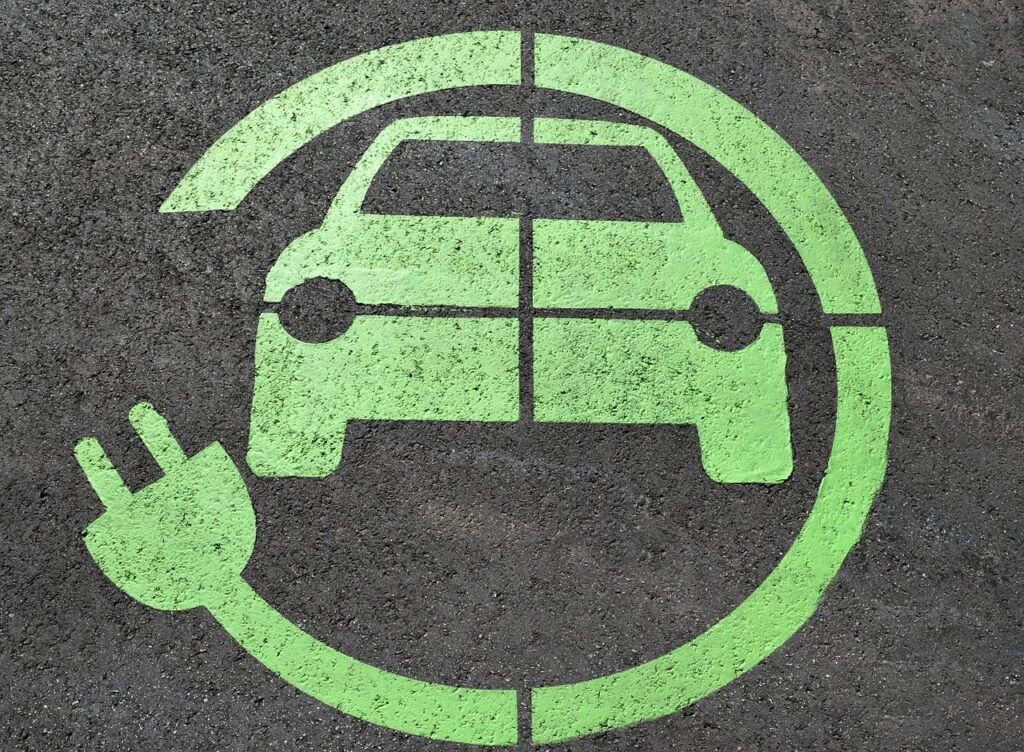In the quest for a greener future, the automotive industry has witnessed a remarkable shift toward sustainable transportation solutions. Among these innovations, the advent of the first electric vehicle (EV) stands out as a milestone that revolutionized the way we think about personal transportation. Let’s journey back in time and explore the remarkable story behind the creation of the first electric vehicle and its impact on the automotive landscape.
The Birth of the First Electric Vehicle
While the concept of the first electric vehicle dates back to the early 19th century, the true birth of the first practical electric car can be attributed to Thomas Davenport, an American inventor, who built a small electric locomotive in 1835. Davenport’s invention laid the groundwork for future advancements in electric transportation.
However, it was in the late 19th and early 20th centuries that electric vehicles gained significant traction. Innovators like Thomas Edison and Ferdinand Porsche made substantial contributions, refining electric vehicle technology and bringing them closer to practicality. The first commercially successful electric car was introduced in 1890 by William Morrison, who developed a six-passenger vehicle capable of reaching a top speed of 14 miles per hour.
EV’s Golden Age and Decline
Between 1900 and 1912, the first electric vehicles enjoyed considerable popularity, particularly among affluent urban dwellers. Their quiet operation, ease of use, and absence of noxious fumes appealed to a wide range of customers. In fact, EVs accounted for about one-third of all vehicles on the road in major cities like New York and Chicago.
However, as the 20th century progressed, the rise of gasoline-powered vehicles, coupled with the discovery of vast oil reserves, led to a decline in the popularity of electric cars. Gasoline-powered vehicles offered longer driving ranges, faster speeds, and the convenience of readily available fuel. This shift, combined with the development of mass production techniques by Henry Ford, cemented the dominance of internal combustion engine (ICE) vehicles.
The Resurgence of Electric Vehicles
After almost a century of being overshadowed by ICE vehicles, electric vehicles made a remarkable resurgence in the late 20th century. Concerns over rising oil prices, environmental degradation, and the need to reduce greenhouse gas emissions prompted renewed interest in electric transportation alternatives.
In 1996, General Motors released the EV1, a groundbreaking electric car that attracted considerable attention. It was a compact vehicle with an impressive range of 70-100 miles per charge, but unfortunately, it was not commercially successful and was discontinued in 2003.
The Turning Point: Tesla’s Impact
While previous attempts to bring electric vehicles into the mainstream had limited success, one company emerged as a game-changer in the industry. Tesla Motors, founded by Elon Musk in 2003, has played a pivotal role in popularizing and advancing electric vehicle technology.
Tesla’s first production car, the Tesla Roadster, introduced in 2008, set new benchmarks for electric vehicle performance. With a range of over 200 miles on a single charge, the Roadster shattered the perception that electric vehicles were only suitable for short commutes. Tesla’s subsequent models, such as the Model S, Model 3, and Model X, continued to push the boundaries of electric vehicle capabilities, offering increased range, rapid acceleration, and innovative features.
Impact on the Automotive Landscape
The introduction of electric vehicles has had a profound impact on the automotive industry and beyond. Here are some key implications:
Environmental Benefits:
Electric vehicles produce zero tailpipe emissions, reducing air pollution and greenhouse gas emissions, thereby mitigating the negative impacts of transportation on climate change.
Energy Independence:
Shifting to electric vehicles reduces dependence on fossil fuels, making countries less susceptible to oil price volatility and geopolitical tensions.
Technological Advancements:
The development of electric vehicles has spurred advancements in battery technology, charging infrastructure, and renewable energy integration, leading to a more sustainable and efficient energy ecosystem.
Improved Air Quality:
Electric vehicles contribute to cleaner air in urban areas, reducing health risks associated with pollution and improving overall public health.
Economic Opportunities:
The growing electric vehicle market has created new job opportunities in manufacturing, charging infrastructure deployment, and research and development of EV-related technologies.
The first electric vehicle paved the way for a transformative shift in the automotive industry, from reliance on fossil fuels to sustainable transportation alternatives. While the journey to mainstream adoption faced numerous challenges, the persistence of innovators and the rapid advancements in technology have propelled electric vehicles into the limelight. With increasing public awareness, government support, and ongoing research, the future holds great promise for electric vehicles as they continue to shape the way we move toward a cleaner and greener tomorrow.

